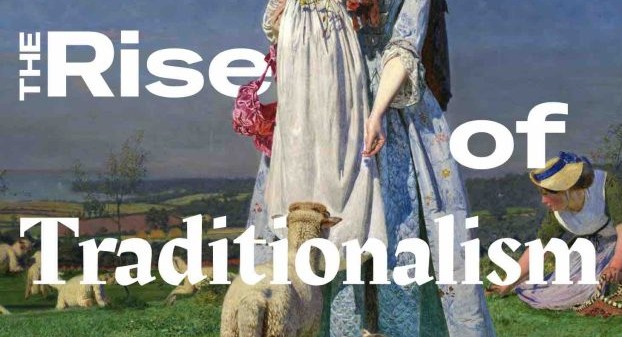By Ken Wong
Ask 100 students (or their parents) what they seek from a university degree and the vast majority will say “career advancement.” Small wonder then that they compare business schools using metrics like placement rates and starting salaries.
We expect universities, in particular business schools and media studies, to respond to the needs of the business sector, be in constant dialogue with practitioners and the media for insights on trends, assemble advisory boards with blue chip members to act as “guardians of relevance,” and constantly reformulate their curriculum and incorporate new technology to provide students with the skill sets and perspectives that make them job-ready.
But there is a massive chasm between what universities are designed to do and how they would need to operate to meet those expectations. And because the disconnect is systemic as opposed to willful, it cannot be reconciled through a “more of the same” approach.
The source of the problem lies in a single word: science. The distinctive role of universities is not just to advance opinions but opinions that can be held under the microscope of scientific (or at least quasi-scientific) investigation for verification. Fact-finding takes time – to reason what questions need answering, study the issue, document findings and publish them.
The lag between business recognizing a skills gap and universities beginning the search for a way to respond to that need is hard-wired into the process.
While this may explain why universities often seem unresponsive, it doesn’t remedy the problem or absolve universities from the responsibility to either correct or meet a faulty customer expectation. So where does it leave us?
Today, we need to become the embodiment of the technologies we know our students will need, albeit without the rigours of scientific inquiry. We must recognize that the best way to show them how to provide those technologies is to let them experience them as users. And so, just as social media has shown us the power of dialogue versus one-way information, we need to bring student and practitioner voices into the classroom; just as we have learned about multi-channel communication and distribution, we must engage non-classroom and non-lecture/case discussion methodologies into our retailing of knowledge.
Many are already known, for example, internships, co-op programs, class projects and guest speakers. Student-run conferences and association-sponsored initiatives – like the ICA’s FFWD Advertising & Marketing Week – are perfect sources of insight on what is trending. Similarly, competitions like Canada’s Next Top Ad Exec or the Inter-Collegiate Business Competition require students to access outside information sources for insight on emerging practices and learn how senior managers think about them.
The efforts of trade media to offer students low-cost access to their stories, op-ed pieces and award programs further graduates’ career-readiness.
Professors and universities do not simply provide knowledge; we shape attitudes toward knowledge acquisition and development. We have a responsibility to show students that their career does not start upon graduation: it started upon admission to our programs. We need to convey that a commitment to learning does not stop at the physical limits of the classroom unless their sole motivation for studying our field is an academic grade. And we must constantly remind students that all of the new practices share two common characteristics:
First, they offer a superior way of performing those fundamental and enduring tasks that we know, scientifically, have a material outcome on performance. That is, the functions of marketing do not change but we constantly search for new ways to perform those functions.
Second, perhaps most importantly, it is to remind students that new technologies and discoveries had to have had a genesis in someone’s mind. Why can’t it be their minds? To really prepare students we don’t need to tell them what to think – we must help them learn to identify, on their own, what to think about. And that is the real reason universities exist.
 Ken Wong is professor of marketing at Queen’s University and managing partner of knowledge development at Level5 Strategy Group.
Ken Wong is professor of marketing at Queen’s University and managing partner of knowledge development at Level5 Strategy Group.
Top photo by J.o.h.n. Walker, Flickr Creative Commons






















